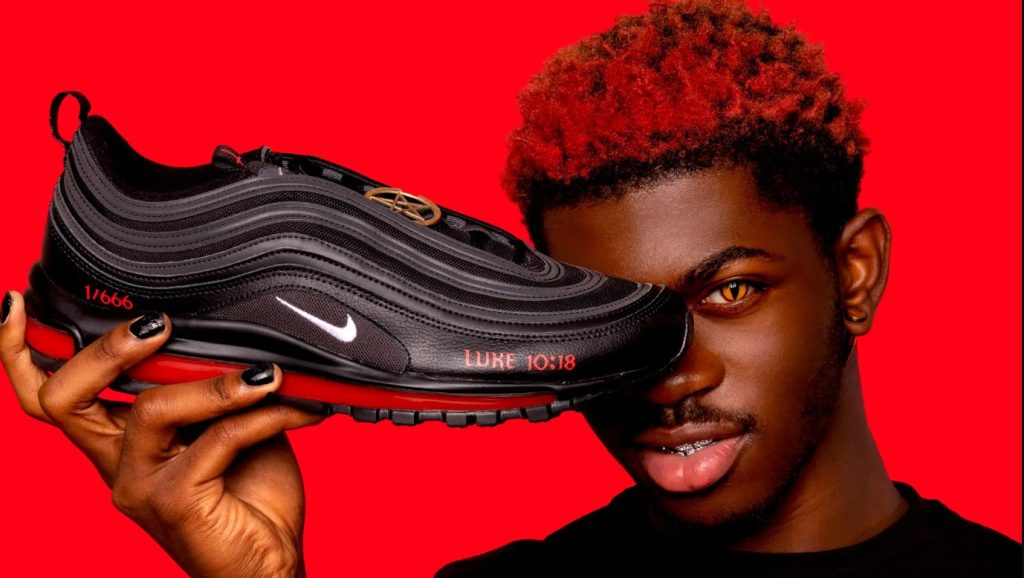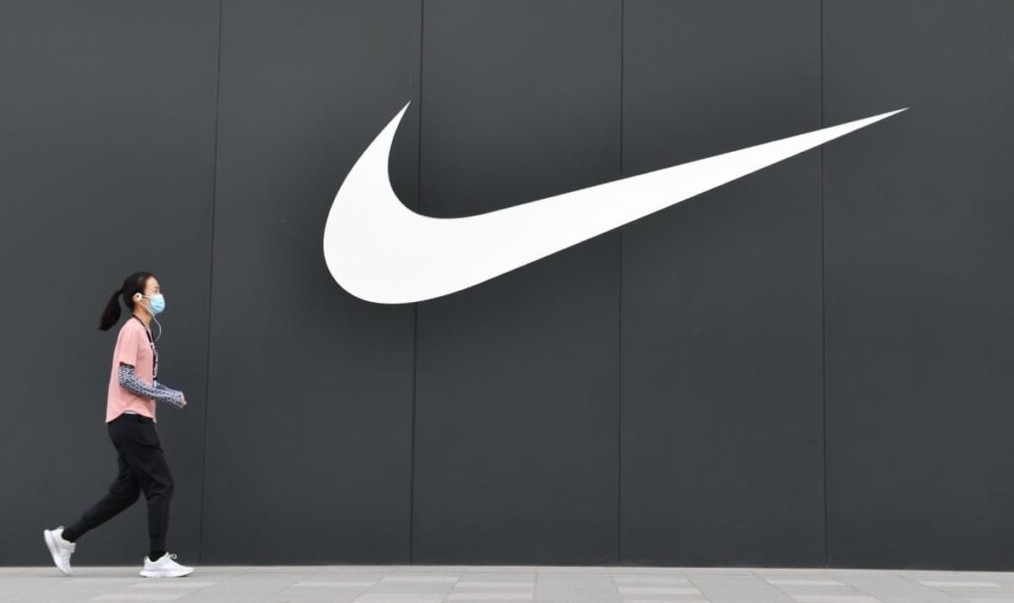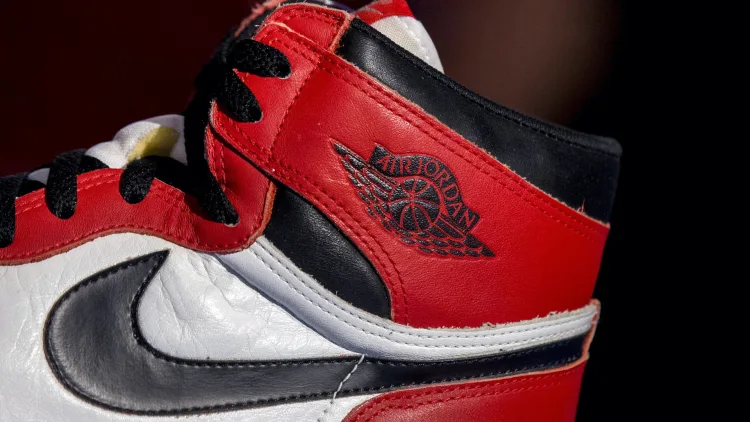Nike is set to launch a new line of sneakers priced at $100 and under in countries around the world, according to the company’s chief financial officer on Thursday. This move is part of the sportswear giant’s strategy to revamp its product lineup in an effort to boost sales.
In recent years, Nike has significantly increased the prices of its high-end sneakers, such as the Air Jordan 1, which currently retail for up to $200 at some stores, including Nordstrom and on Nike.com. Meanwhile, the top-end Air Force 1 sneakers are listed for about $150 on Nike’s website. In contrast, rival Adidas’ popular Samba and Gazelle sneakers are priced more affordably at $100 and $120 respectively.

Nike shares plummeted on Friday, closing the day down 19.98%, marking the largest one-day percentage drop in the stock’s history. This followed the company’s announcement of an unexpected sales decline in its latest quarter on Thursday. The decline in sales growth is attributed to increased competition from Adidas, as well as brands like On and Deckers’ Hoka.
Executives also pointed out reduced foot traffic in Nike’s factory stores, which offer discounted shoes and apparel, indicating mounting pressure on budget-conscious consumers. “This is likely a bid to secure some more price-sensitive consumers,” said Neil Saunders, an analyst at GlobalData, regarding the introduction of the new $100-and-under line. Nike CFO Matthew Friend echoed this sentiment, stating, “Our teams are also attacking opportunities across price points.”
American consumers are being more cautious with their spending, particularly on non-essential items such as fashionable sneakers. However, competitors like the Cloudflow 4 and Hoka’s Clifton 9 running shoes, priced at $159.99 and $145 respectively, have managed to attract many shoppers.
Nike’s new pricing strategy could face significant challenges. Analysts highlight that while the new line may attract budget-conscious consumers, it may not address the broader issue of declining sales. Saunders pointed out, “It might work to a degree, but it does not remedy the wider problem of a lack of innovation” at Nike, which sponsors the U.S. Olympic and Paralympic Committee.
Additionally, the resale market for key Nike styles has recently seen a decline. For instance, the resale price of Air Jordan 1 Retro High OGs has dropped by about 32% as of May, according to Altan Insights, a company that analyzes the collectible sneaker market.

The introduction of a more affordable sneaker line might also reflect a broader industry trend towards catering to price-sensitive consumers. With inflation affecting disposable income globally, brands are re-evaluating their pricing strategies to maintain consumer interest and loyalty. By offering a range of products at different price points, Nike hopes to capture a larger share of the market.
Moreover, the new $100 sneaker line could serve as a gateway product for new customers, potentially driving brand loyalty. If successful, this strategy could help Nike build a more diverse customer base, ensuring long-term growth despite current economic challenges. The ability to attract new customers at a lower price point might also encourage future purchases of higher-end products as consumer confidence and spending power increase.
Finally, the success of this initiative may depend on Nike’s marketing approach and the perceived value of the new line. Effective marketing campaigns that emphasize quality, style, and value for money will be crucial in convincing consumers that these lower-priced sneakers are a worthy investment. If executed well, this strategy could not only help stabilize sales but also enhance Nike’s brand reputation as both innovative and accessible.
